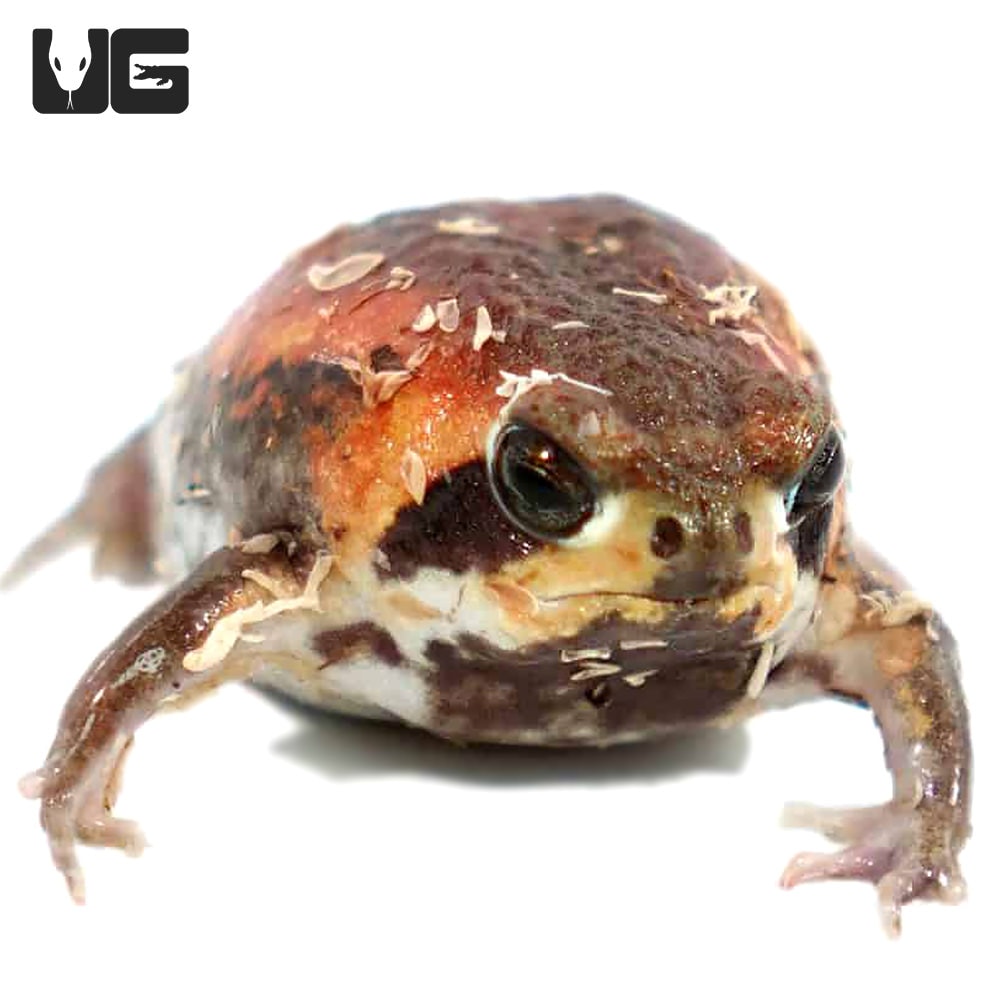Get Your Hands on a Rain Frog for Sale: Experience the Happiness of One-of-a-kind Pet Dog Possession!
Get Your Hands on a Rain Frog for Sale: Experience the Happiness of One-of-a-kind Pet Dog Possession!
Blog Article
The Ideal Reptile Enclosures: Exactly How to Produce the Perfect Environment
Developing the ideal habitat for reptiles is not just concerning positioning them in a storage tank or unit; it entails a thoughtful factor to consider of different factors that add to their total wellness. From the dimension of the room to the kind of substrate used, every aspect plays a crucial function in offering an environment where your reptile can thrive. By comprehending the specific requirements of your reptile types and executing the ideal environment setup, you can ensure their health and happiness in captivity.
Picking the Right Unit Dimension
When choosing a room dimension for reptiles, it is essential to consider their natural actions and space demands to ensure their wellness and health. Various reptile types have varying needs when it pertains to habitat area. Arboreal species like chameleons or tree snakes need upright room for setting down and climbing up, while terrestrial types such as bearded dragons or leopard geckos require even more flooring area for checking out and thermoregulation. Aquatic turtles like red-eared sliders require units with both water and acreage for swimming and basking.
A general policy of thumb is to offer enough area for the reptile to show natural behaviors, such as basking, concealing, climbing up, and foraging. By carefully thinking about the specific demands of the reptile varieties in inquiry, owners can create an ideal and enriching environment that advertises overall well-being and motivates all-natural actions.
Establishing Appropriate Heating Aspects
To guarantee the health and wellness of reptiles in their rooms, it is necessary to very carefully establish appropriate heating components. Reptiles are ectothermic animals, meaning they rely upon outside warmth resources to regulate their body temperature level. When setting up burner in a reptile room, it is critical to think about the certain temperature demands of the types you are taking care of. Different reptiles have differing temperature level needs based on their all-natural habitat, so it is essential to research study and comprehend these demands.
One reliable and typical home heating component for reptile units is a heat light or ceramic warm emitter. These warm sources can be utilized to produce a temperature slope within the enclosure, permitting reptiles to relocate in between warmer and cooler locations as needed. Furthermore, under-tank hot pad or warmth mats can be used to offer stubborn belly heat, which is particularly valuable for reptiles that call for additional warmth to help in digestion.
Keeping track of the temperature level within the enclosure using a thermostat is crucial to make certain that the burner are maintaining the suitable temperature level variety for your reptile. Routinely check and adjust the burner as required to create a comfortable and healthy setting for your scaly buddy.
Selecting Appropriate Lighting Fixtures

Providing the Ideal Substrate
Picking the proper substratum is important for developing a appropriate and comfortable you can try these out environment for reptiles in their enclosures. Some reptiles, such as desert-dwelling varieties like bearded dragons, grow on substrates like calcium sand or reptile carpet, while others, like sphere pythons, choose coconut husk or aspen bed linens to keep moisture levels.
In addition, the size of the reptile should also affect your choice of substrate, as hatchlings may call for a better product to stop intake. Avoid substratums that can trigger impaction, such as loosened substratums like sand or crushed rock, especially for reptiles recognized to ingest their bed linen. Consistently cleaning and changing the substrate is essential to ensure a sanitary and tidy atmosphere for your reptile. By selecting the excellent substratum, you can add to the general health and well-being of your click over here now scaly companion.
Designing for Enrichment and Comfort
Thinking about the substrate's duty in providing a structure for natural actions and maintaining an appropriate atmosphere, improving the reptile unit with appropriate decors is crucial for both enrichment and convenience. When decorating the enclosure, it is necessary to think about the reptile's species-specific requirements and actions to produce see this a space that advertises physical and mental well-being. By including a variety of decors that resemble the reptile's natural environment, proprietors can ensure their pet dog's comfort and boost their natural reactions, inevitably leading to a happier and much healthier reptile.
Conclusion

Developing the best environment for reptiles is not just regarding putting them in a container or room; it entails a thoughtful factor to consider of numerous variables that add to their general wellness.Picking the ideal substrate is necessary for developing a comfy and ideal setting for reptiles in their enclosures. Some reptiles, such as desert-dwelling species like bearded dragons, prosper on substrates like calcium sand or reptile rug, while others, like sphere pythons, choose coconut husk or aspen bed linen to maintain moisture levels.
By including a selection of designs that simulate the reptile's natural habitat, owners can guarantee their family pet's convenience and boost their all-natural instincts, eventually leading to a better and much healthier reptile.
In verdict, producing the optimal environment for reptiles entails picking the appropriate enclosure size, heating components, lighting fixtures, substrate, and designs.
Report this page